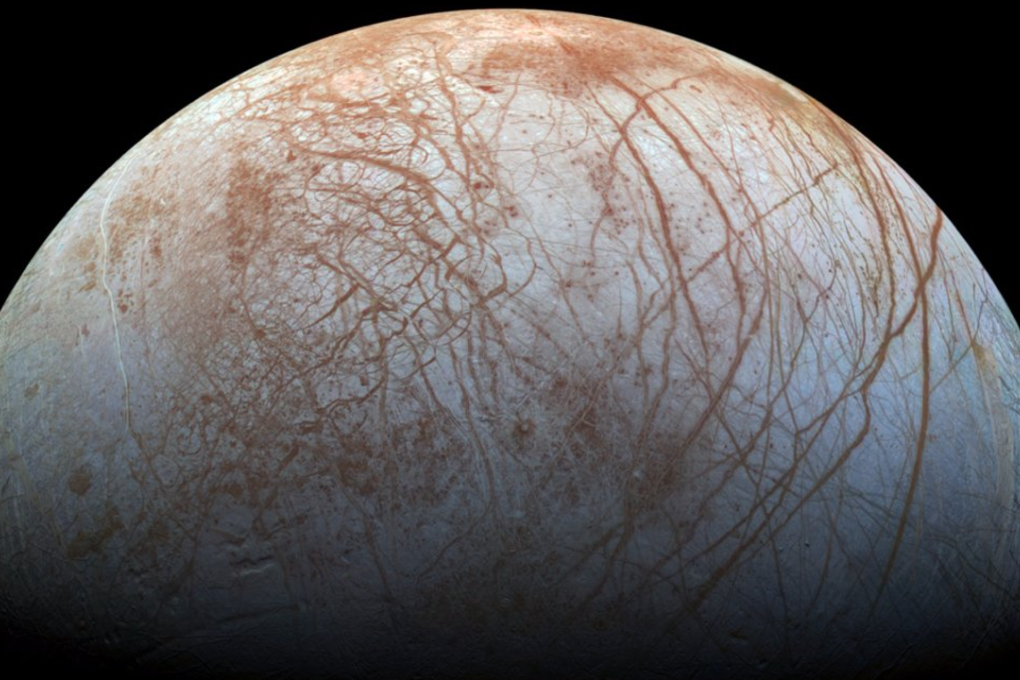Scientists just discovered that NASA flew through a blast of alien ocean water in 1997 — and a US$2 billion mission may soon ‘taste’ it for signs of life
A new spacecraft could ‘sniff and taste’ the water spraying from an icy moon with a giant hidden ocean and analyse it for signs of habitability — and alien life

By Dave Mosher
Scientists have re-examined 20-year-old data from a Jupiter spacecraft, and their discovery may considerably improve the chance we’ll find alien life in the solar system.
The data came from NASA’s nuclear-powered Galileo probe, which the space agency launched in 1989. The robot reached Jupiter in 1995 and orbited the gas giant and its moons, returning some of the most detailed and astounding data about the distant worlds.
In 1997, Galileo zoomed within 130 miles of the icy surface of Europa, one of Jupiter’s largest moons. Galileo’s magnetic measurements of Europa suggested the moon hides a vast, salty, ocean that harbours more water than exists on Earth.
But the probe never directly encountered any of that water — or so scientists thought at the time.